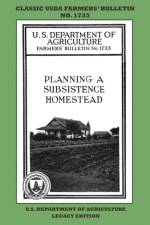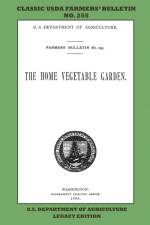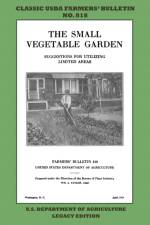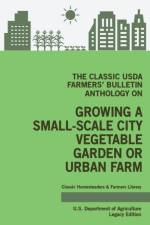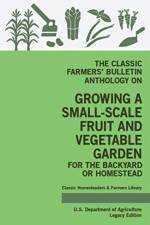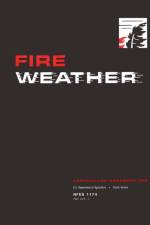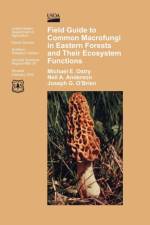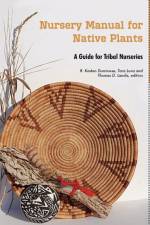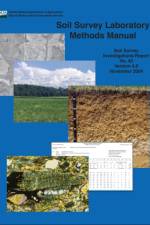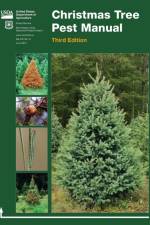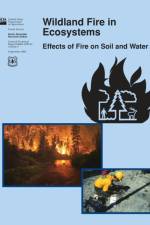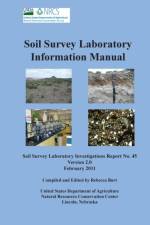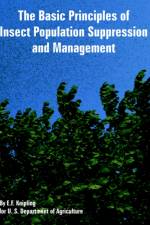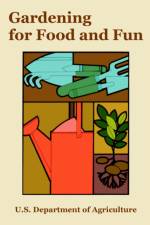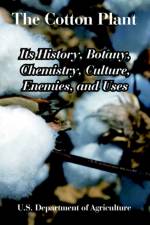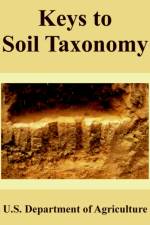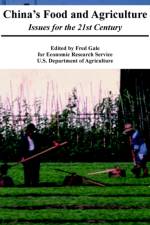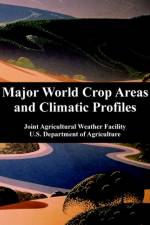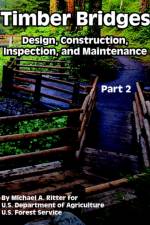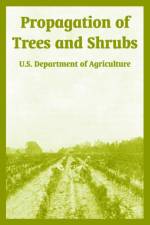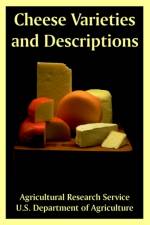av U S Department of Agriculture
431
This book, specially prepared for soil scientists and engineers, offers comprehensive coverage of basic soil concepts, systematics, mapping and examination procedures for soils. Specific National Standards and Procedures for classification of soils, design and name of map units, conventions for nomenclature, and location of special soil features are outlined. It provides standards for uniform and correct use of words and ideas and does much to standardize terms and procedures. Soil and landscape, character of soil maps and reports, field work, plotting, description of soils, parent materials, soil color, texture, structure, consistence, reaction, special formations, organic matter, erosion, vegetation, land use, soil classification, samples, correlation and inspection, report, reconnaissance are included. The Soil Survey Manual provides in a single volume the major principles and practices needed for making and using soil surveys and for assembling and using data related to them. The Manual is intended primarily for use by soil scientists engaged in the classification and mapping of soils and in the interpretation of soil surveys. It is oriented to the needs of those actively engaged in preparing soil surveys for publication. The Manual is universally useful and is the primary reference on principles and technical detail for local, State and Federal contributions to authorized soil surveys. Soil scientists concerned with soil surveys in other countries have used it as well. Teachers have used it both as a text and as a reference for students.

